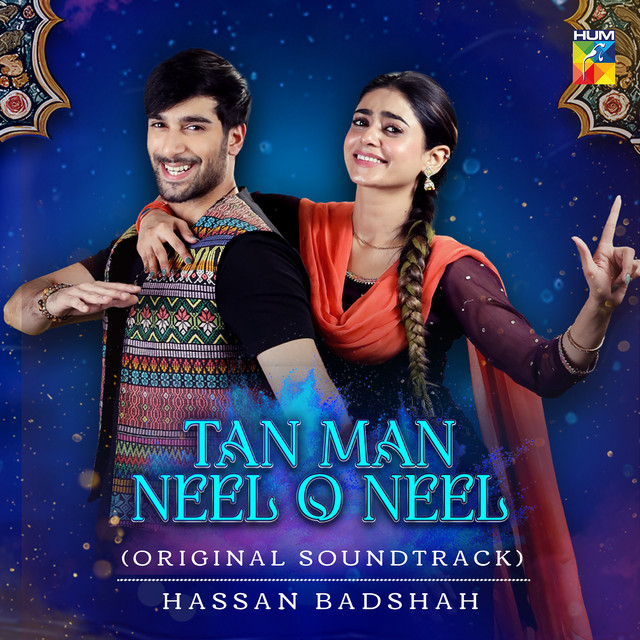The Unforgettable Finale of Tan Mann Neel o Neel
Some dramas entertain, some inform, but few manage to shake an entire society to its core. Tan Mann Neel o Neel was one such drama—a bold, unapologetic narrative that held up a mirror to modern-day injustices. The final episode wasn’t just an ending; it was a statement, a question, and a plea wrapped into one.
As the credits rolled, one thing was clear: Tan Mann Neel o Neel was never just a story—it was a reflection of us, our society, and the deeply ingrained flaws we often choose to ignore.
A Powerful and Thought-Provoking Conclusion
Even though many viewers had braced themselves for an intense ending, the sheer emotional weight of the final episode was overwhelming. The intricate storytelling and realistic portrayal of societal oppression made it impossible to watch without reflecting on real-world events.
The episode carefully wove together all the loose threads of the narrative, leading to a climactic moment that felt both inevitable and heartbreaking. It wasn’t just about Sono and Moon anymore—it was about every marginalized individual who has ever been silenced, every injustice that has been ignored, and every truth that has been twisted to serve those in power.
Symbolism and Metaphors in the Final Episode
The power of Tan Mann Neel o Neel lay in its masterful use of symbolism. Every scene, every dialogue, every visual cue had deeper meaning.
- Sono and Moon weren’t just characters; they represented real-life victims of injustice. They could have been Mughis and Muneeb or Mishal Khan—names that evoke painful memories in Pakistan’s history.
- Their colorful jackets might have symbolized the clothes of the girl from Ichhra, a haunting reminder of the violence faced by women.
- The Sikh mansion mirrored the mosque’s dome, subtly hinting at the blurred lines between faith, identity, and division.
- The Sri Lankan officer who stopped laborers from slacking off was resented just like Sono was hated by Kami—a reflection of how those who uphold justice are often vilified.
- The water dispute, which escalated into religious persecution, symbolized how trivial conflicts are manipulated to fuel hatred and violence.
These elements weren’t coincidental—they were deliberate choices meant to provoke thought and push viewers to question the world around them.
Critique of Society: A Mirror to Reality
More than just a drama, Tan Mann Neel o Neel served as a fearless critique of a society that claims to follow Rahmat-ul-lil-Alameen (PBUH) yet repeatedly fails to uphold his values of compassion and justice.
- It questioned the hypocrisy of religious leaders who remain silent in the face of injustice.
- It highlighted the flaws of a legal system that often favors the powerful over the oppressed.
- It shed light on the dangers of blind faith manipulated for personal and political gains.
The drama did not shy away from uncomfortable truths. Instead, it forced viewers to acknowledge the brutal realities that many prefer to ignore.
The Writing, Direction, and Performances
A story this powerful required a team of fearless creators, and Tan Mann Neel o Neel delivered on every front.
- The Writer’s Vision: The script was nothing short of poetic—a seamless blend of hard-hitting dialogues and profound metaphors. Every word carried weight, ensuring that the message lingered long after the episode ended.
- Direction: The director crafted a visual masterpiece, using cinematography, lighting, and set design to amplify the drama’s intensity. The attention to detail was meticulous, making every scene feel raw and real.
- Outstanding Performances: The cast gave performances that transcended acting. They became their characters, delivering emotions so authentic that viewers felt every ounce of their pain, anger, and helplessness.
Audience Reactions and Cultural Impact
The final episode sparked an outpouring of emotions across social media. Viewers expressed grief, anger, and admiration for the way Tan Mann Neel o Neel tackled sensitive issues.
Many compared the drama’s themes to real-life cases, reigniting discussions on religious intolerance, mob mentality, and the failures of the justice system. Some called for a deeper reflection on how society treats its marginalized members, while others praised the drama for its courage in telling such a difficult story.
This wasn’t just another television drama—it was a cultural phenomenon.
Tan Mann Neel o Neel will be remembered as one of the most thought-provoking dramas in recent years. It dared to ask the difficult questions and challenge the status quo, forcing its audience to look beyond entertainment and into the uncomfortable realities of society.
Its final episode was more than just an ending—it was a wake-up call. And now, the real question remains: Will we listen?
What are your thoughts on the final episode? Did it leave an impact on you? Share your views in the comments below!
#TanMannNeelONeel #PowerfulStorytelling #DramaWithAMessage
